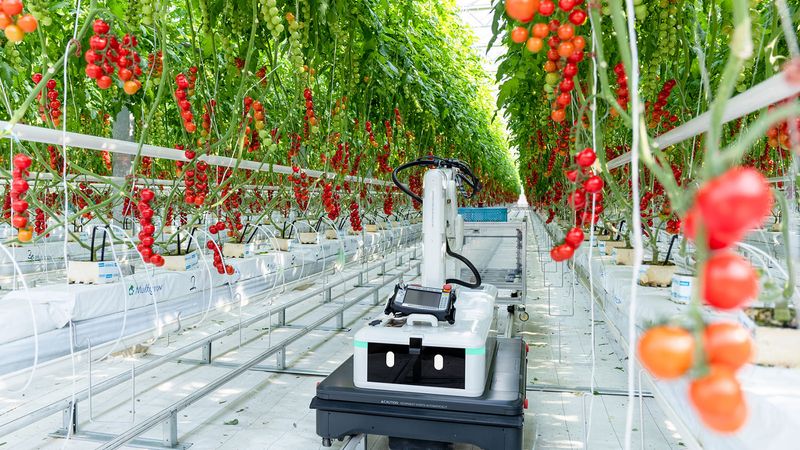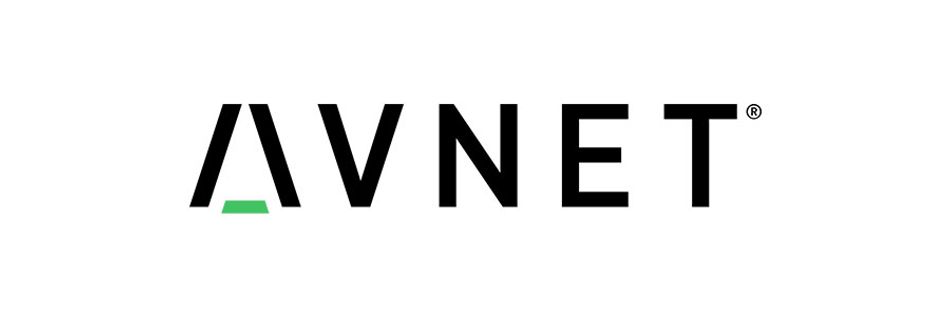Simplifying Bluetooth IoT Integration for Secure and Energy-Efficient Applications
Cutting edge boards and tools speed up development and reduce time to market for Bluetooth IoT applications.

Image credit: Denso
In recent years, the Internet of Things (IoT) computing paradigm has opened opportunities for innovative applications in different sectors such as smart buildings, agriculture, manufacturing, transport, and industry. IoT applications in these areas are powered by IoT devices, which facilitate interaction with the “real world” as part of physical processes. To this end, IoT devices connect to the internet and interact with other computers and devices.
This connectivity is enabled by different networking technologies such Bluetooth, Wi-Fi, and ZigBee. Each of these IoT networking technologies comes with pros and cons for different types of IoT applications. This is because they vary in terms of their range, security, and energy efficiency characteristics. For instance, ZigBee and Wi-Fi cover larger distances than Bluetooth, which makes them suitable for connecting devices with larger-scale networks.
On the other hand, Bluetooth consumes much less energy than Wi-Fi and offers higher data transfer rates than ZigBee. These characteristics make it suitable for connecting low-power IoT devices in energy-efficient applications.
Bluetooth Benefits for IoT Applications
Once upon a time, WiFi was very widely used to support IoT connectivity, while Bluetooth was primarily a popular short-range connectivity solution for hands-free calling and wireless transmission in audio applications. In recent years, this has drastically changed due to Bluetooth’s compelling features for many IoT applications.
These features include:
- Ubiquity: Nowadays, Bluetooth devices are deployed almost everywhere. They can be found in everything from athletic shoes to residential devices.
- Security: Contrary to other wireless protocols, Bluetooth requires physical proximity for broadcasting signals. Hence, there is no possibility for remote security attacks, which reinforces the security of Bluetooth-based IoT applications.
- Energy Efficiency: Bluetooth enables power efficient IoT applications as it does not require any power source. In this direction, the Bluetooth Low Energy (BLE) protocol is optimized to ensure continuous connectivity for IoT devices based on the least possible energy consumption.
- Pairing Speed: BLE applications pair and (re)connect to devices within a few milliseconds. Furthermore, Bluetooth pairing does not require a password, which also boosts the efficiency of the connectivity process.
- Mesh Networking Capabilities: Over the years Bluetooth technology has evolved to support mesh networking functionalities. Specifically, Bluetooth mesh networking leverages BLE to support many-to-many interactions between connected devices. This broadens the spectrum of Bluetooth connectivity options and enables IoT applications that span entire homes, buildings, and industrial plants.
Overall, one of the main value propositions of Bluetooth-enabled IoT deployment is their ability to combine the scale of internet-connected device networks at the network level with short-range, energy-efficient operations at the device level.
Bluetooth IoT Anatomy: Adding Bluetooth to your IoT device
Basic Bluetooth IoT devices include a microcontroller unit (MCU) that supports Bluetooth functionalities and enables pairing and interactions with other Bluetooth devices. The MCU must support either the Bluetooth Classic or the Bluetooth Low Energy (BLE) version of the protocol. As already outlined, the BLE version consumes much lower energy than the classic version.
More advanced Bluetooth IoT applications comprise several MCUs. For instance, they include dedicated processors for managing the IoT application, processors that interface and collect data from various sensors, and BLE MCUs that offer wireless connectivity functionalities. In this context, the design of a non-trivial Bluetooth IoT application can be a challenging task, as it should consider many and sometimes conflicting requirements.
These requirements include:
- The provision of enough processing power for complex applications.
- Energy-efficient operations, including power efficiency in wireless communications.
- Small size in-line with application deployment constraints.
- Increased security and data protection.
In several cases, trade-offs must be also considered and resolved.
Making Bluetooth simple
Nevertheless, the addition of Bluetooth in an IoT design should not be a complex process. In this direction, semiconductor manufacturer, Renesas, helps embedded developers and engineers to enhance their IoT applications with Bluetooth functionalities and IoT engineers can take advantage of Renesas tools to integrate Bluetooth microsystems within their products. In this way, they can build IoT applications that interact with other popular Bluetooth-enabled devices such as smartphones.
Most importantly, Renesas offers a collection of tools that speed up development and reduce time to market for Bluetooth IoT applications. Specifically, the 32-bit Renesas RA Family of Microcontroller Units (MCU) comes with a suite of development tools and capabilities that help accelerate your designs. These tools are part of a Flexible Software Package (FSP) that features extensive support for open architecture, legacy code, and third-party ecosystems.
Workshop: Learn how to integrate Bluetooth IoT in two hours!
To demonstrate the ease of integrating Bluetooth with IoT devices and to unveil relevant innovation opportunities, Renesas is organizing a hands-on workshop. The workshop will involve practical hands-on exercises in a laboratory environment.
The exercises will be led by Avnet’s Field Application Engineers, who will use Renesas hands-on Quick-Connect BLE to demonstrate how to add Bluetooth in an IoT system design. Specifically, participants will build a basic system utilizing Renesas Quick-Connect IoT Pmod boards and the RA2E1 MCU to monitor temperature and humidity via a smartphone or other Bluetooth device.
All registrants to the workshop are shipped a discounted hardware bundle for the BLE workshop that includes:
- EK-RA2E1 evaluation kit
- HS3001 Pmod Quick-Connect board
- Pmod Interposer board
- DA14531 Pmod Quick-Connect board
- Renesas Flexible Software Package 3.6.0
Within just two hours, the workshop will guide users through the following development and deployment steps:
- Setting up HS3001 drivers on RA MCU.
- Setting up UART (Universal Asynchronous Receiver/Transmitter) drivers for RA MCU.
- Configuring interrupts of a BLE module.
- Automating the setup of drivers for peripheral devices, using tools like the Developer Assistance and the Smart Configurator.
- Visualizing humidity and temperature data readings from the HS3001 sensor on a wireless connected smartphone app over BLE.
Upon completion of the workshop, participants will have a very good understanding of how to design, configure, develop, and deploy IoT BLE applications. Moreover, they will be able to use Quick-Connect BLE to develop innovative applications in a wide range of sectors including smart homes, smart buildings, facilities management, smart cities, and industrial IoT systems.
The workshop can directly benefit IoT professionals in various engineering roles including circuit engineers, design engineers, project engineers, hardware engineers, as well as digital designers.
For these professionals the workshop represents a great time investment at an excellent value for money: Thanks to the Renesas RA MCU and the FS, it will enable them to start innovating with Bluetooth IoT within just two hours.
Workshop overview:
Date/Time: OnDemand
Duration: 2 hours
Workshop Fee: $49.00 (includes EK-RA2E1, HS3001, US082 and DA14531, $130 value*)
*Development boards can be shipped to U.S. and Canada addresses only
Register for the workshop here.
About the sponsor: Avnet
Avnet is a global electronic components distributor with extensive design, product, marketing, and supply chain expertise for customers and suppliers at every stage of the product lifecycle. For the past 100 years, Avnet has helped its customers and suppliers around the world realize the transformative possibilities of technology.

